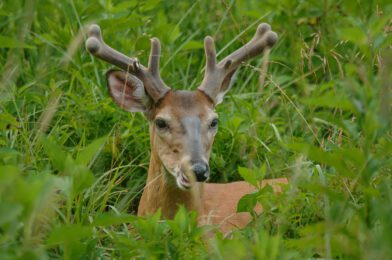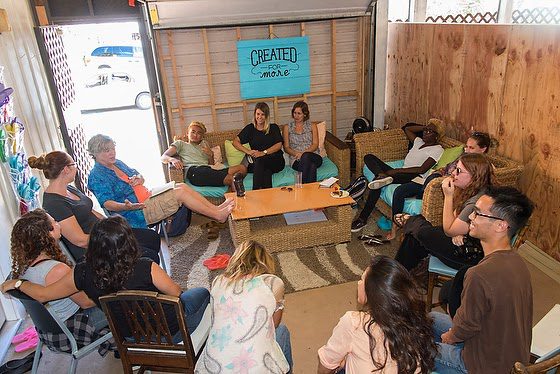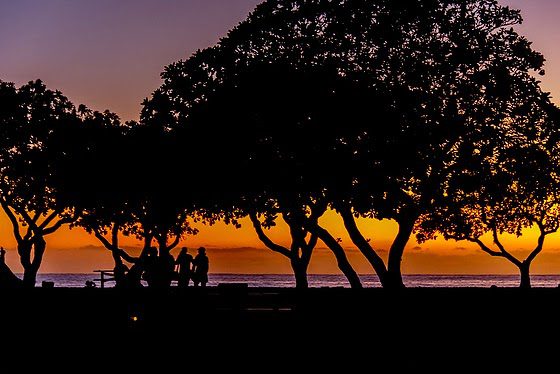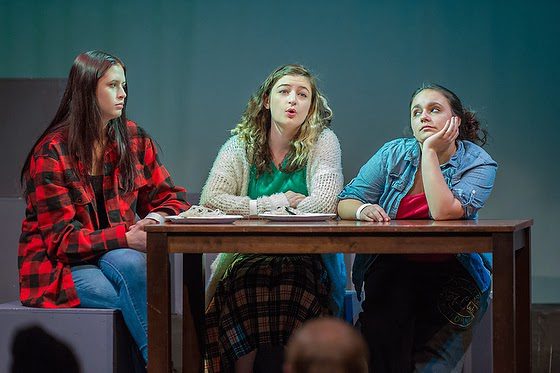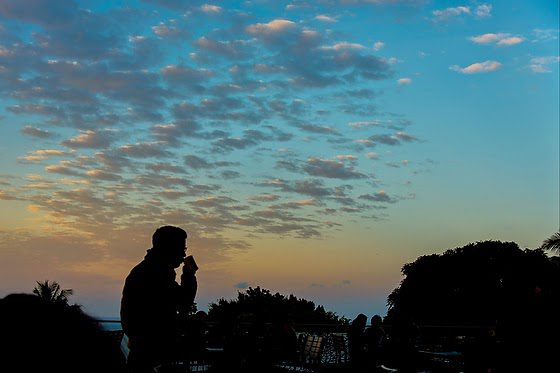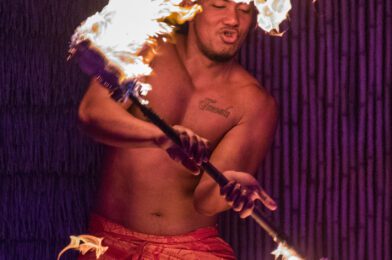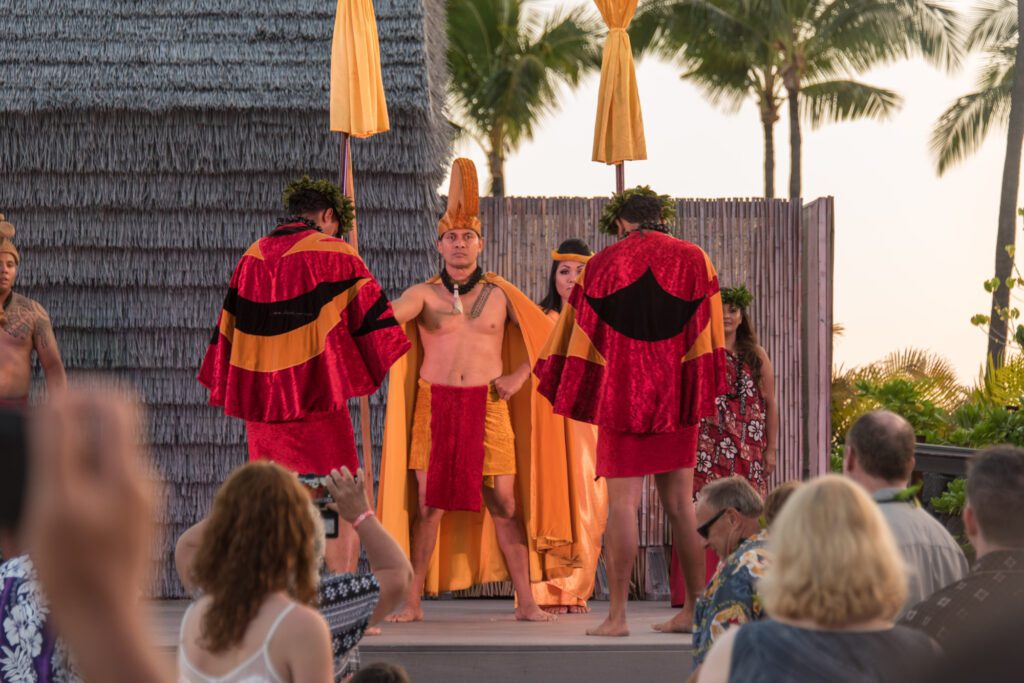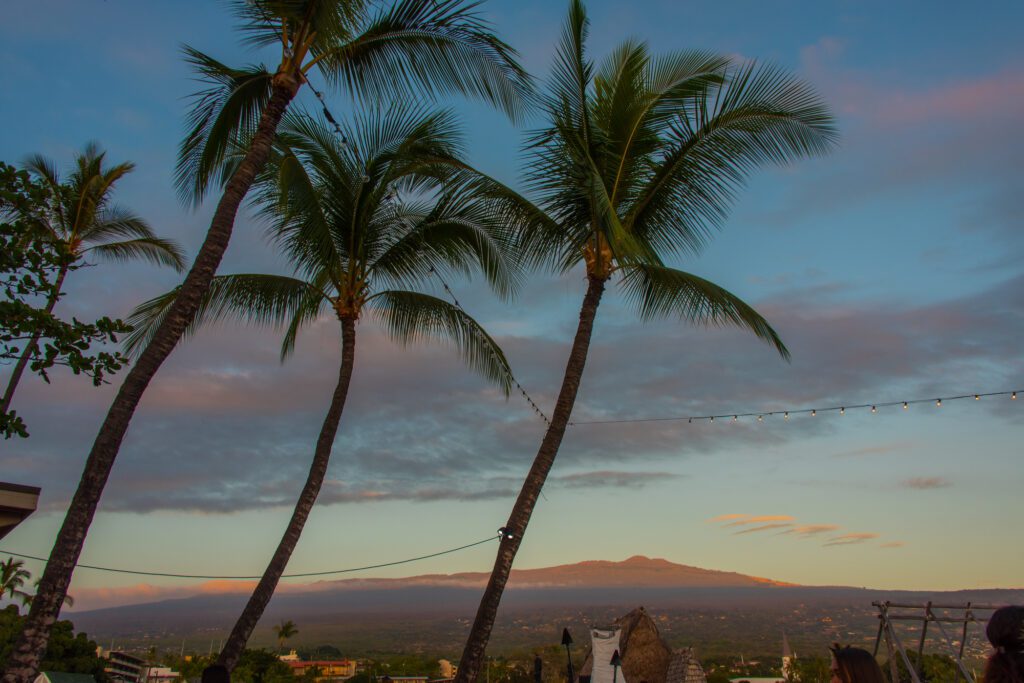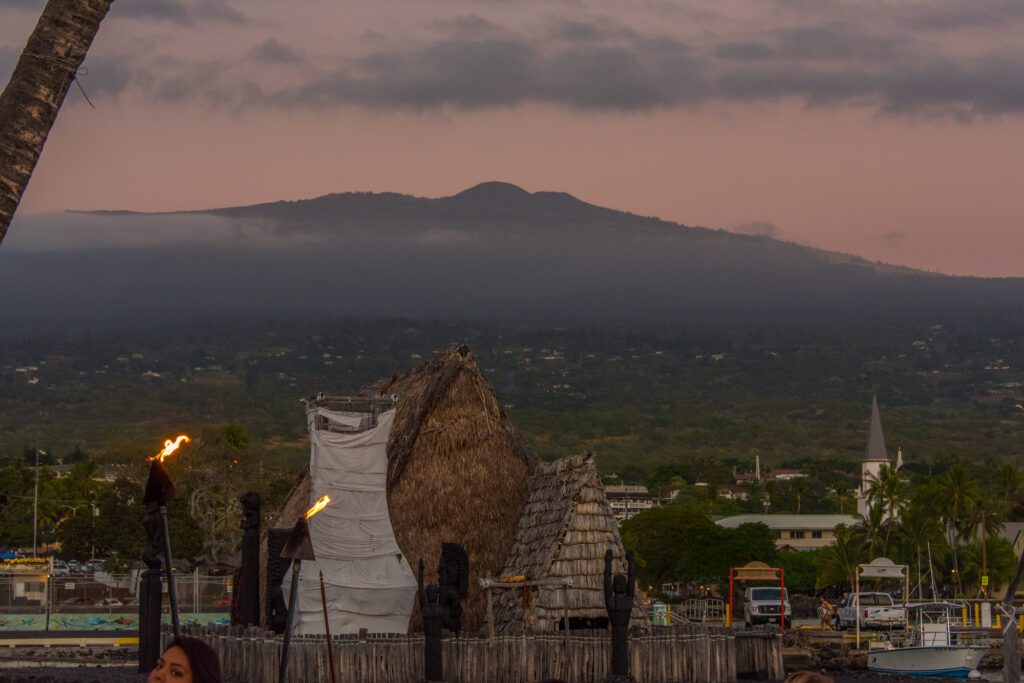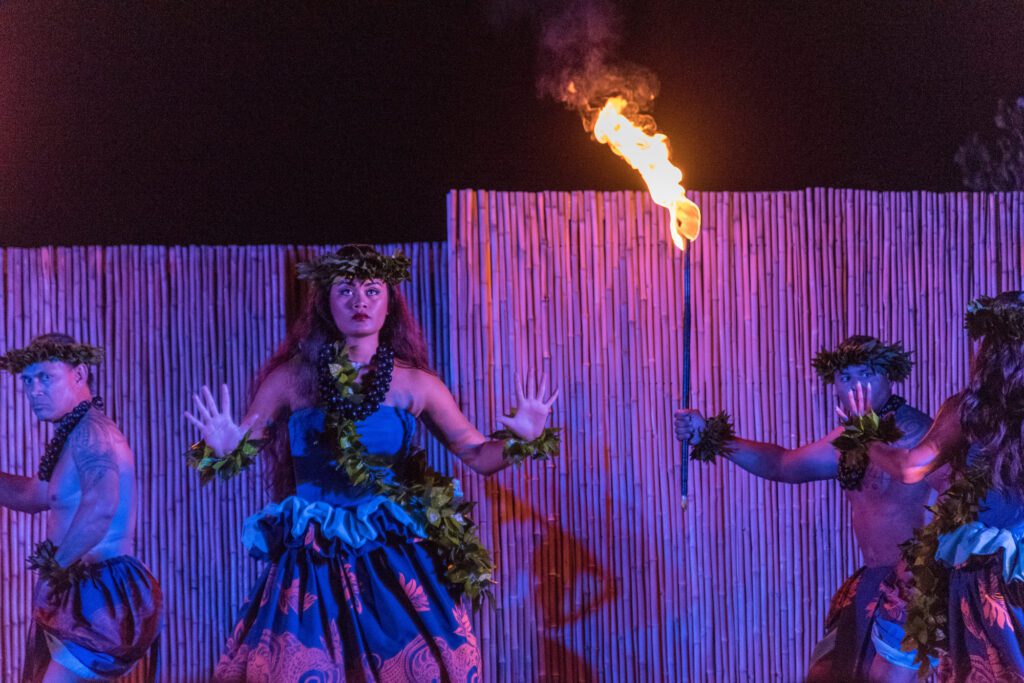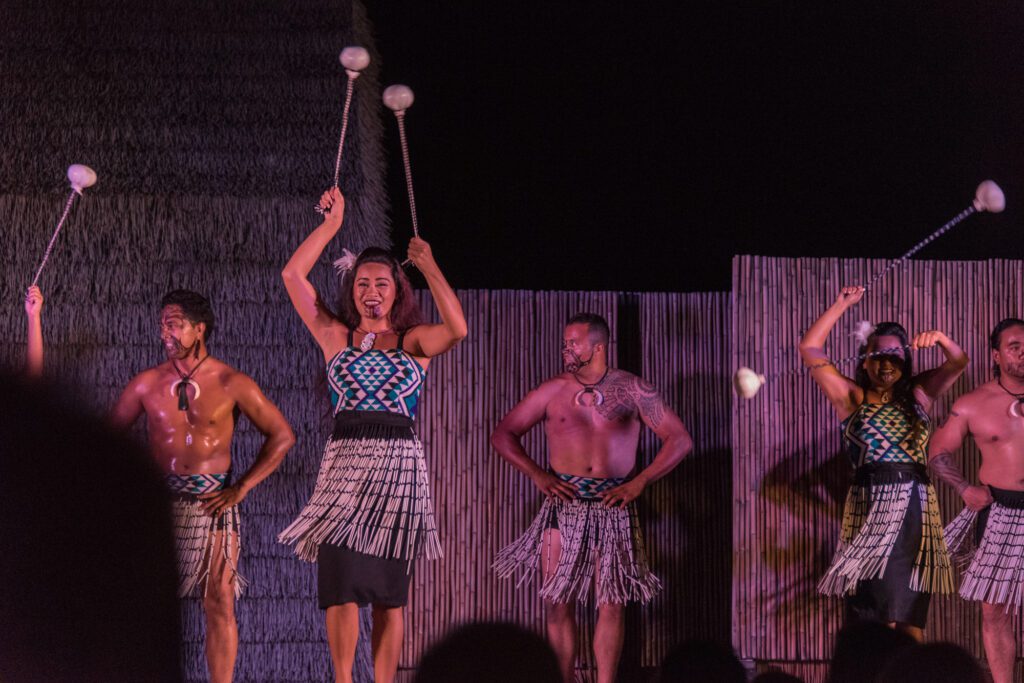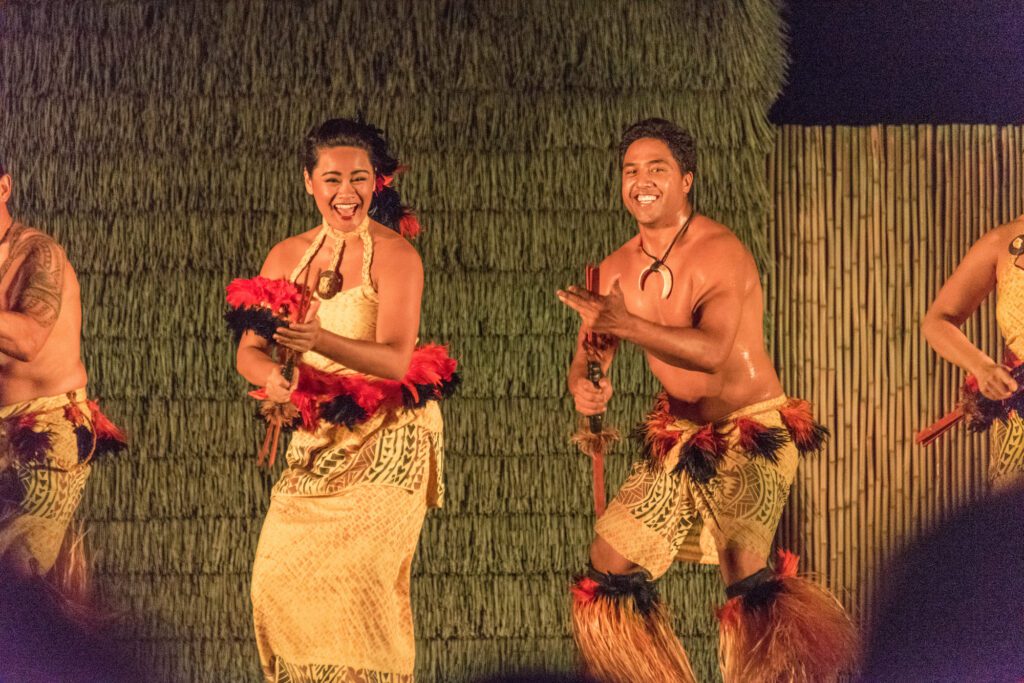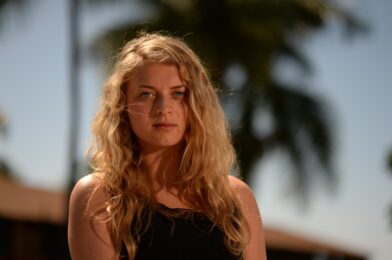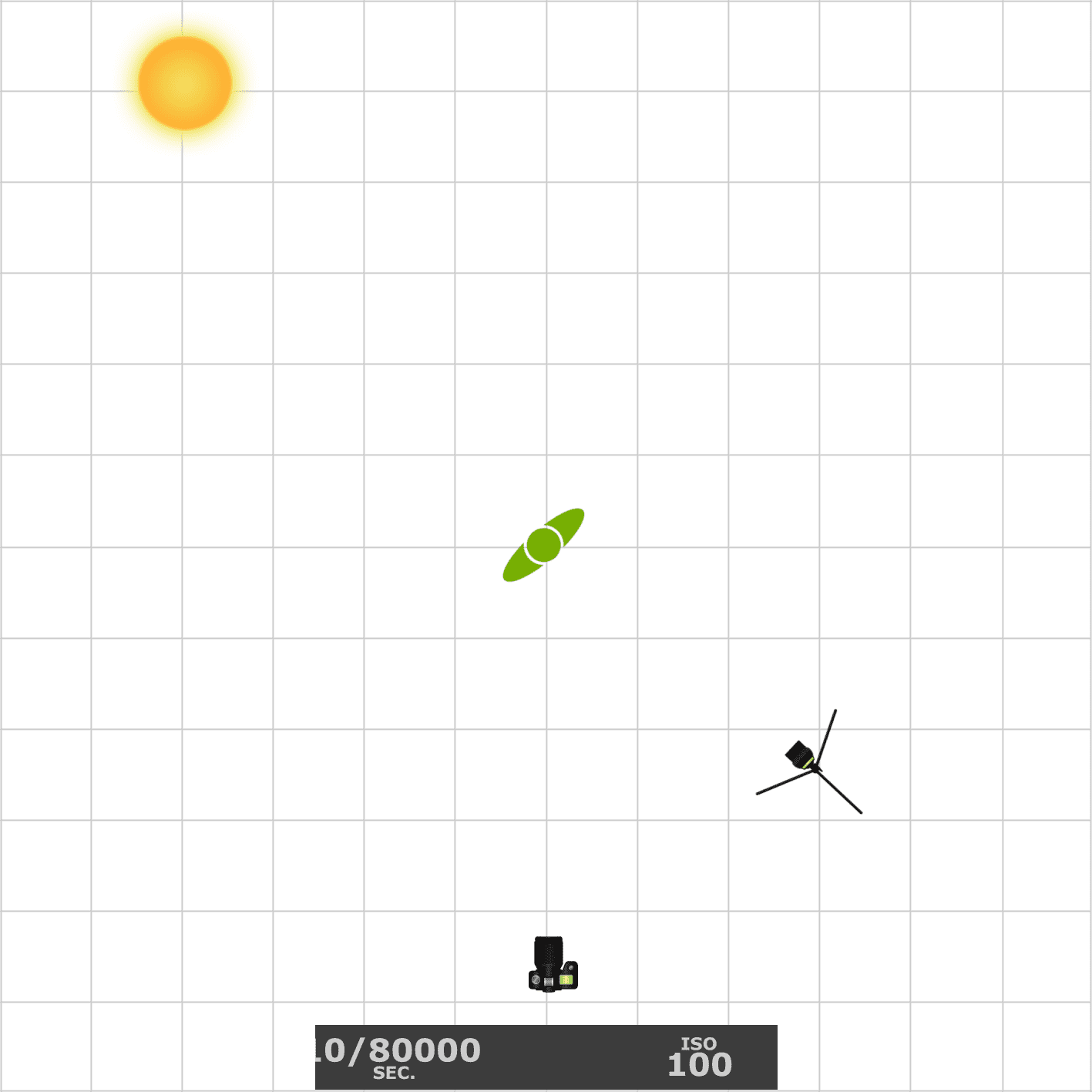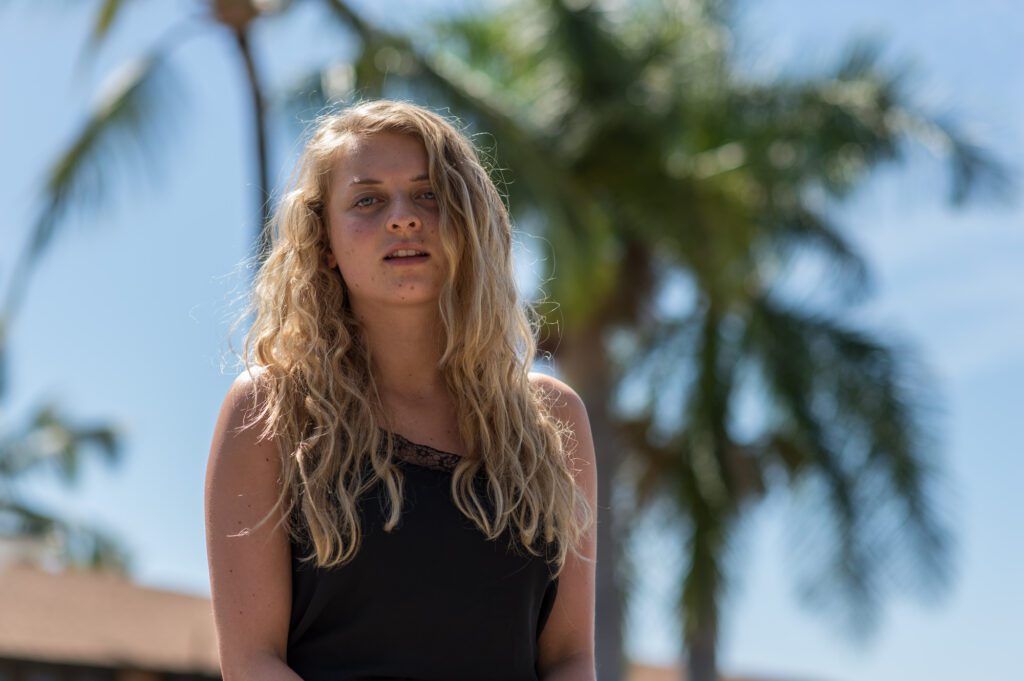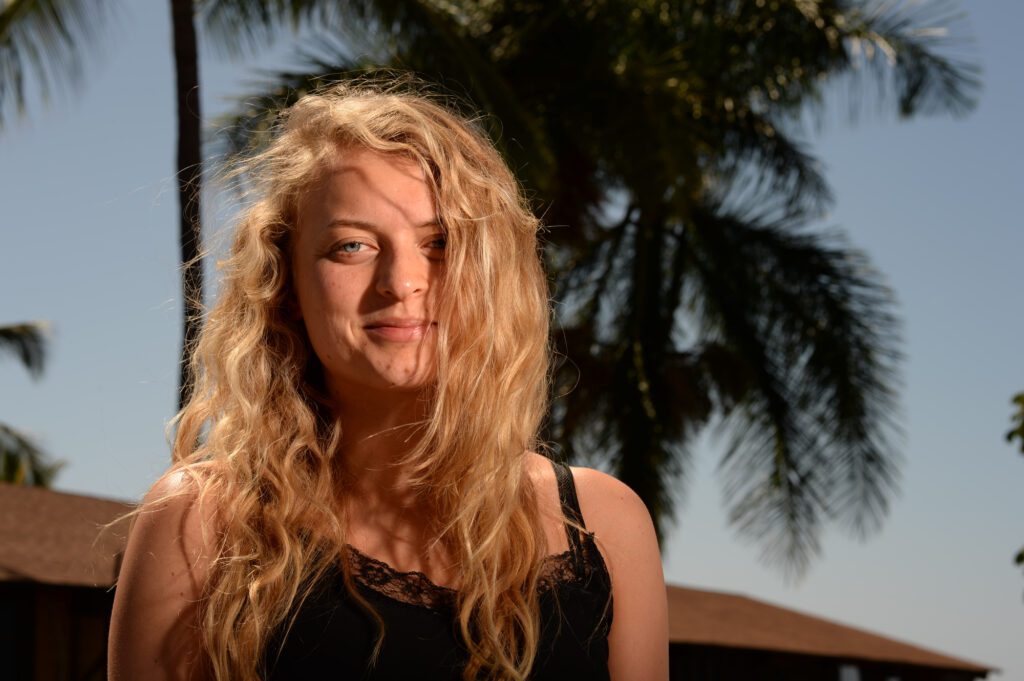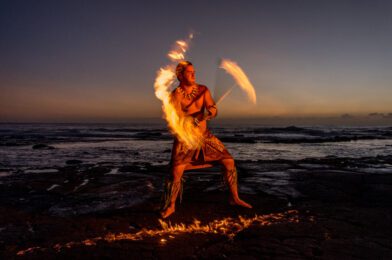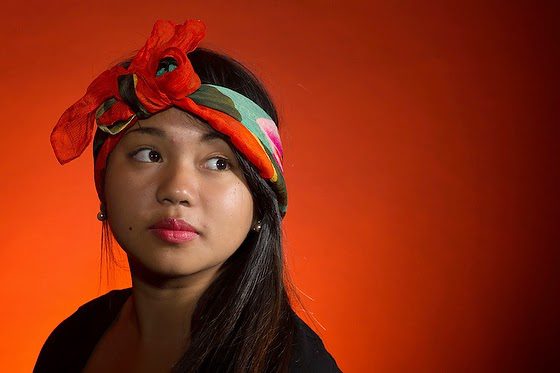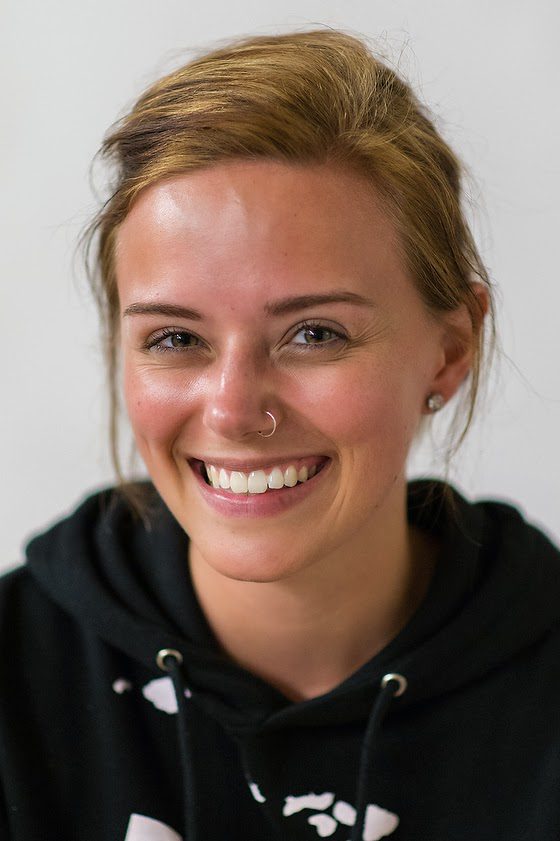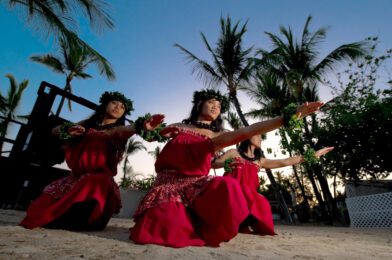When populations of deer get too great, they can start to destroy the land due to the lack of resources. There are Wildlife Management Programs around the country to control the population of deer.
Without management, you can overharvest, and it will take a long time for the population to recover; if you harvest, crop damage and deer-vehicle accidents may increase.
This process is the herd’s culling, or herd thinning.
There have been natural disasters that have helped nature to correct itself without any culling.
Humans used to have a more natural culling of our population. If you did something stupid on your bike when I grew up, then you didn’t survive. Today helmets are keeping more of us around. Some could argue that the lack of helmets helped us thin the herd.
Weld Founder Austin Mann says, “Many people call photography a profession and moving away from a 9-to-5 job.” Yet, the other day on Facebook, an advertising headline read, “Understand your camera in 10 minutes.”
Today the market is flooded with photographers, and since we do not cull the population [some may wish they could], nature has its way of natural selection or the survival of the fittest in today’s marketplace.
There is a limit to the jobs for photographers. Many will have to move on to pay their bills from a lack of work.
It is said in sailing the pessimist complains about the wind. The optimist expects it to change. The leader adjusts the sails. – John Maxwell
I played trumpet for many years and even through college. I was pretty good and enjoyed playing. However, I did not have what it took to become a professional musician. I did not enjoy practicing for hours each day.
When I discovered photography, things changed. I was spending an unusual amount of time shooting or in a darkroom. I would lose track of time. I never remember losing track of time playing my trumpet.
If you lose your sense of time with photography, you might survive. But, first, you must love the work. Losing yourself to photography lets, you know this is not just fun but your passion.
 |
| Jay Maisel, Bernie Boston, Hugh Morton, and George Tames. Our famous photographers in my book. I took this photo at the Southern Short Course in the 1980s. |
Jay Maisel tells his students to “always carry your camera.” He goes on to tell them he can tell who will not make it—those not carrying their cameras all the time.
“In this world, you’re growing or dying, so get in motion and grow,” said Lou Holtz.
Time to assess
Where are you now, and where do you want to go? How are you going to get from here to there?
I know many photographers who wanted to go from no video skills to adding these to their skill set. Hey, I took the NPPA Multimedia Immersion Workshop. I invite you to join me in Romania this summer for a Multimedia Immersion Workshop. Here is the link to the Storytellers Abroad Workshop.
I will be glad to help you see the way from here to there if this is the path you want to choose.
I believe that a passion for photography is better than having a passion for the story. For example, Eugene Richards went from a social worker to a social activist and finally realized that photojournalism was the most powerful way to help people.
Discover your passion, and it will help give you the answers to the big questions. Why go there? A D Why not stay here?
You may also discover that you don’t have a passion for this, which is a good discovery. J st move on to your love, and you will be successful–if you nurture it.

